Introduction: Choosing the right hedge-cutting equipment is essential for maintaining neat and healthy hedges on your property. At Bury St Edmunds Tree Surgeons, we understand that having the correct tools can make a significant difference in achieving professional-looking results. Here’s a comprehensive guide to selecting the best hedge-cutting equipment for your needs:
1. Types of Hedge Cutting Tools
Before choosing equipment, it’s important to understand the different types available:
- Hedge Trimmers: Electric or petrol-powered trimmers with reciprocating blades are ideal for maintaining varying sizes and shapes of hedges. They offer precision and efficiency, making them suitable for regular trimming.
- Hedge Shears: Manual shears with long handles for reaching higher branches and intricate trimming. They provide more control but require physical effort.
- Pole Pruners: Extendable tools for trimming tall or hard-to-reach branches. They often come with saw attachments for thicker branches.
2. Consider Your Hedge Size and Type
The size and type of your hedges will determine the most suitable equipment:
- Small Hedges: Electric or cordless hedge trimmers are convenient and lightweight, ideal for small to medium-sized hedges.
- Large Hedges: Petrol-powered trimmers offer more power and endurance for larger hedges, especially those with thick branches.
- Formal Hedges: For formal or shaped hedges, hedge shears provide the precision to maintain clean lines and uniformity.
- Tall Hedges: Pole pruners are essential for reaching tall hedges without ladders, ensuring safety and efficiency.
3. Power Source
Consider the power source that best suits your needs:
- Electric: Suitable for smaller properties with easy access to power outlets. They are quieter and lighter but have limited mobility due to the cord.
- Cordless (Battery-powered): This option offers more flexibility without the restriction of cords. It is ideal for medium-sized properties, but battery life may limit continuous use.
- Petrol provides the most power and is suitable for large properties or professional use. It offers extended runtime but is heavier and requires more maintenance.
4. Ease of Use and Ergonomics
Comfort and ease of use are crucial for long trimming sessions:
- Weight: Choose a trimmer that you can handle comfortably, especially if you have large hedges or plan to trim for extended periods.
- Handle Design: Ergonomic handles reduce strain on your hands and arms. Look for adjustable handles that allow you to find a comfortable grip.
- Balance: Well-balanced trimmers are easier to manoeuvre and control, enhancing precision and reducing fatigue.
5. Safety Features
Prioritise safety when selecting hedge-cutting equipment:
- Safety Guards: Ensure the trimmer has robust safety guards to protect against flying debris and accidental contact with the blades.
- Anti-vibration Technology: Reduces vibration to minimise hand and arm fatigue during operation.
- Automatic Stop: Some models have safety features that automatically stop the blades when not in use, reducing the risk of accidents.
6. Maintenance and Durability
Choose equipment that is easy to maintain and built to last:
- Blade Quality: Opt for high-quality blades that stay sharp longer and resist rust and corrosion.
- Ease of Maintenance: Consider how easy cleaning and maintaining the trimmer is. Some models have detachable blades for easy cleaning and sharpening.
- Warranty: Look for equipment with a manufacturer’s warranty to cover repairs and replacements in case of defects.
Conclusion: Selecting the right hedge-cutting equipment depends on factors such as hedge size, power source preference, ease of use, safety features, and durability. At Bury St Edmunds Tree Surgeons, we recommend choosing tools that match your gardening needs and ensuring efficient and safe hedge maintenance.
Call us on: 01284 339 498
Click here to find out more about Bury St Edmunds Tree Surgeons
Click here to complete our contact form and see how we can help you with your tree’s needs

